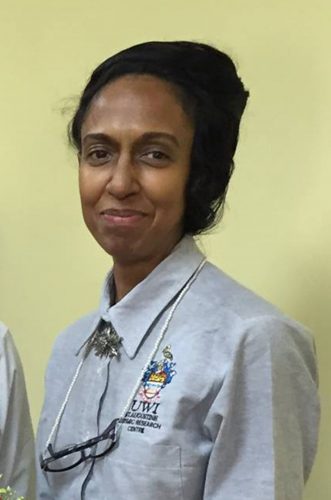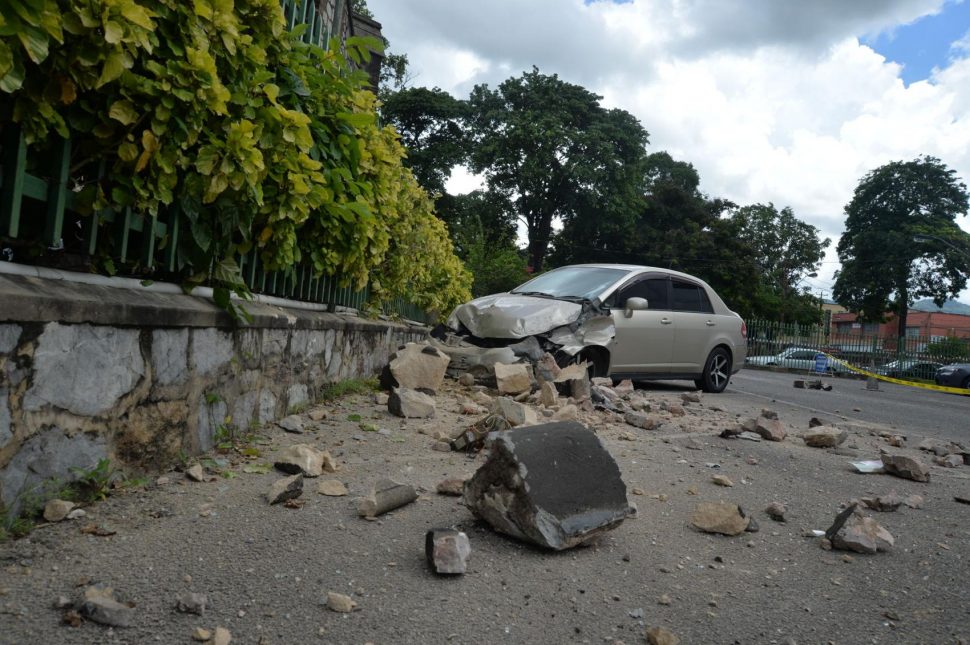(Trinidad Guardian) Trinidad and Tobago recorded its tenth earthquake in the space of two weeks on Friday night.
The Seismic Research Centre at the University of the West Indies’ St Augustine campus confirmed that the latest tremor was felt in sections of the island around 9.13pm Friday and measured a magnitude of 4.5. The tremor was located at Latitude: 10.56N Longitude: 61.95W and had a depth of 10 km.
It was felt in Port-of-Spain, San Fernando and Arima.

Contacted by the Sunday Guardian, Seismologist at the UWI SRC, Dr Joan Lutchman, said she could not confirm if Friday night’s tremor was linked to August’s 6.9 magnitude earthquake.
“We are having two series of events going on. We have what happened (earthquakes) on August 21 and January 26. The location looks to me like it was one of those, more so the one from the 21st but I haven’t got an updated solution as yet,” Lutchman said.
Lutchman also reiterated that following the 6.9 quake on August 21, she did warn that related tremors could be felt months ahead and this was nothing new. She said the aftershocks which came fast and furious after the August 21 tremor would continue, but as time passed these quakes would become smaller and smaller.
However, Lutchman did indicate that while some of the anticipated larger aftershocks were yet to be seen but can still occur.
Apart from the larger magnitude of a 6.0 felt one day after the “monster quake” on August 22, Lutchman said there had been no “fives” (5.1-5.5 magnitude range) associated with the 6.9 magnitude quake. Rather, she said some (fives) were associated with the January 26, 2018, tremor, which was recorded at a magnitude 5.1 and occurred at 76 km west-south-west of San Fernando and 96 km south-west of Port of Spain, just off Icacos Point, southwestern Trinidad at a depth of 10 kilometres.
“When we had the 6 (tremor) it was not that strongly felt here in Trinidad, it certainly did not cause the kind of alarm that we had from the 6.9, so anything lower than the 6, we will not get that level of shaking,” Lutchman said.
Asked if aftershocks could possibly continue into the New Year, Lutchman made reference to the 1988 earthquake which occurred off the east coast of Trinidad. That quake measured 6.3 in magnitude and had aftershocks lasting well into several months thereafter. She said people do not believe that aftershocks can last that long but they can in fact continue that long.
“It takes a while, we must remember that these processes are slow processes, our plates are converging at two centimetres per annum at a very slow rate, and so when things happen in our earthquake systems, it takes time to adjust and settles very slowly.





